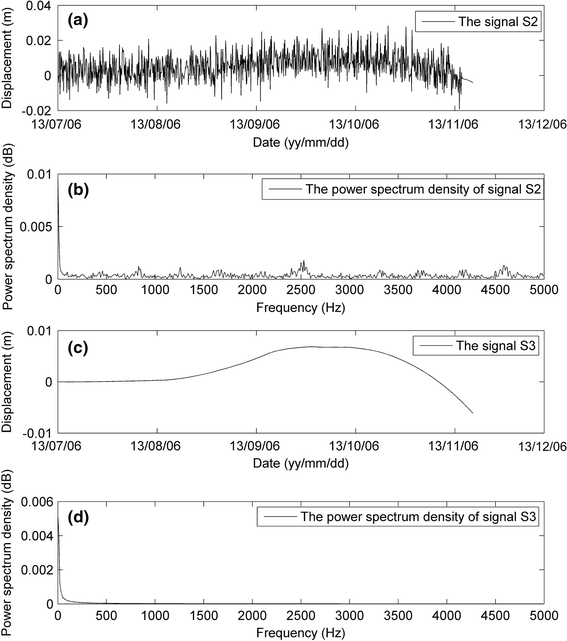
Low Noise Differential Input Sound Card Preamp C107 and C108 are low leakage polypropylene film capacitors.Alternatively a trimmer capacitor can be used. C106 (NP0/C0G) should be selected for best high frequency response.All bypass capacitors are X7R ceramic, or plastic film.R110 and R111 may also be 0.1% metal film if you want high midband gain accuracy.R104 and R105 which are 0.1% metal film.All resistors are metal film 1% except for:.The 0.01% low drift collector load resistors (R104 and R105) and offset trimming network are replaced with cheaper 0.1% resistors to reduce cost without significantly impacting performance as the dc servo ensures that amplifier output dc level is very small. The noise and power supply rejection of the input stage current source have been improved and its cost reduced. The design derives from Enrico Rubiola's low noise mixer preamp design: pnp input low flicker noise 50 ohm source preamplifier
Flicker noise software#
With appropriate software a cross correlation phase noise measurement system can be assembled incorporating a PC sound card and a pair of these preamps. Originally designed for measuring mixer flicker phase noise at low offset frequencies it is also useful when measuring the phase noise of other components. The offset frequency range is when using a sound card. It is suitable for use with PC sound cards and low frequency spectrum analysers for measuring phase noise. For example when the offset is less than 4 mV, R113 can be increased to 100k extending the low frequency response by a factor of 10. When the offset is smaller than this R113 can be increased to extend the low frequency response without increasing the capacitance of the integration capacitors (C107 and C108). It can accommodate mixer IF port dc offsets of up to 40 millivolts. It has a gain of 60dB and a 300kHz 3dB frequency response. 20 (2), 105–120 (1971).The circuit uses a low flicker noise SSM2220 pnp input stage with an OP27 output stage and an AD820 dc servo (integrator) stage. Winkler, “Characterization of frequency stability,” IEEE Trans. Allan, “Statistics of atomic frequency standards,” Proc. Ishida, “Novel method of estimating flicker frequency noise in lasers,” IEEE Photon. Kikuchi, “Effect of 1/ f type FM noise on semiconductor laser linewidth residual in high power limit,” IEEE J. Kikuchi, “Impact of 1/ f type FM noise on coherent optical communications,” Electron. Henning, “Semiconductor laser linewidth broadening due to 1/ f carrier noise,” Electron. Kotajima, “Derivation of the spectral width of a 0.8 µm AlGaAs laser considering 1/ f noise,” Jpn. Kochelap, “Excess noise caused by transverse inhomogeneity of conductive channels,” Appl. Bhattacharya, “Thermal relaxation time and heat distribution in pulsed InGaAs quantum dot lasers,” Appl. Nadezhdinskii, “Diode laser frequency tuning,” Spectrochim. Deviation of gas from ideal behavior,” Phys. Ponurovskii, “High-precision spectroscopy with diode lasers. Kotajima, “Linewidth reduction of a semiconductor laser by electrical feedback,” IEEE J. Caloyannides, “Microcycle spectral estimates of 1/ f noise in semiconductors,” J. Kuzovlev, “Why nature needs 1/ f noise,” Phys.-Usp. Morozov, “Flicker noise in a locally nonequilibrium medium,” JETP Lett. Zhigal’skii, “1/ f noise and nonlinear effects in thin metal films,” Phys. Buus, Tunable Laser Diodes (Artech House, Norwood, MA, 1998). Wilamowski, “Noise in semiconductor devices,” in Fundamentals of Industrial Electronics, Ed. Clarke, “1/ f noise’ in music and speech,” Nature. Baker, “Equatorial undercurrent and deeper flows in the central Pacific,” Deep-Sea Res. Wunsch, “The spectrum from two years to two minutes of temperature fluctuations in the main thermocline at Bermuda,” Deep-Sea Res. Kogan, “Low-frequency current noise with a 1/ f spectrum in solids,” Sov.

Milotti, “Linear processes that produce 1/ f or flicker noise,” Phys. Yakimov, Physics of Noise and Parameter Fluctuations (Nizhegorod. Milotti, “1/ f noise: A pedagogical review” (2002). Schottky, “Small-shot effect and flicker effect,” Phys. Johnson, “The Schottky effect in low frequency circuits,” Phys. Ochkin, “Optical methods of diagnostics of the isotopic composition of natural and technological media: A review,” Phys. SPIE “ Tunable Diode Laser Application,” Ed. Niemax, “Diode laser spectroscopy,” Spectrochim. Blum, Laser Spectroscopy of Atoms and Molecules, Ed. by E. Hinkley (Springer, Berlin, 1976), pp. Kelley, “Techniques for detection of molecular pollutants by absorption of laser radiation,” in Laser Monitoring of Atmosphere, Ed. Hinkley, “High resolution IR spectroscopy with a tunable diode laser,” Appl.


 0 kommentar(er)
0 kommentar(er)
